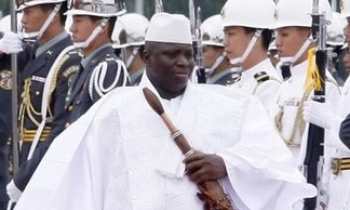NEW DELHI, August 29: Many television stations in the United States are relatively committed to providing air time to promote their partners’ brands and their stories, acording to a study 'Television Newsroom Partnership Survey' conducted by researchers of the Centre for Media Design, Ball State University, United States. A similar study conducted in 2004 had showed that most newspapers are not taking advantage of cross-promotion opportunities, and they give less attention to promoting their partners’ brand or content.
The researchers speculate that these results may demonstrate a key difference in the organisational cultures of partnering newsrooms: they may place different values on the importance of promotion.

The study found that more than four-fifths 82.4 per cent of the responding news directors said their partner’s logo appears on their television newscast at least weekly. By comparison, only 28 per cent of newspaper editors in the previous study said that their partner’s logo appeared in the news columns of their newspaper at least weekly. In fact, almost a quarter of editors 23.4 per cent versus 7.9 per cent of news directors said their partner’s logo never appears in their news columns or broadcasts.
More than half 54.1 per cent of the television stations said that at least once a week they encouraged viewers to read enterprise stories published by their newspaper partner but not aired on their own newscasts. Only 8.4 per cent of the newspaper editors reported similar efforts on behalf of their television partners. Although about a fourth 25.7 per cent of news directors said they never promoted their partner’s enterprise stories, almost two-thirds 65.7 per cent of editors said they never promoted their partner’s enterprise stories.
Newspaper reporters are more likely than television reporters to promote their stories in the partner’s news product: 17 per cent of news directors said that at least once a week their reporters wrote short pieces that appear in their partners’ news columns to promote television stories. A fourth 25.3 per cent of newspaper editors said their reporters appeared on their partner’s newscast at least once a week to briefly promote stories they had written.
A majority of television stations and newspapers 62.3 per cent and 70.1 per cent respectively did not spend time during their news meetings discussing how to promote their partner’s content. Still, 20.2 per cent of the television stations and 13 per cent of the newspapers devoted time to such activities at least once a week, reinforcing the idea that a small group of newspapers appeared committed to the promotional opportunities offered by convergence partnerships.
For the television study, news directors were contacted at 732 stations in the US. Results are based on 231 responses, a response rate of 31.1 per cent. The newspaper study was sent to editors at 1,452 daily, English-language newspapers in the US. The results are based on 372 responses, a response rate of 25.6 per cent.









